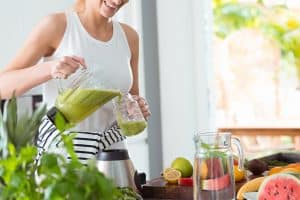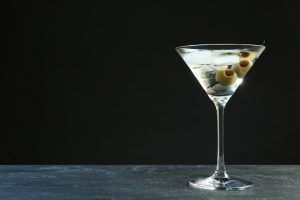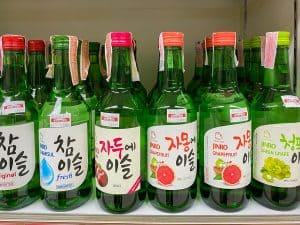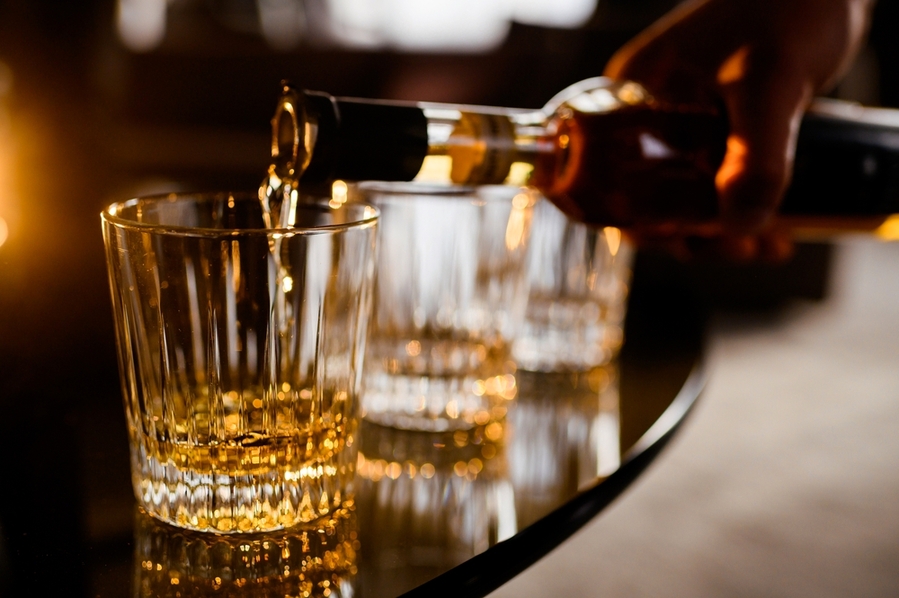
Today non-alcoholic spirits are more popular than ever. There are numerous reasons, such as health concerns while still enjoying their favorite drinks and cocktails, not feeling left out when others socialize, and those who are abstaining due to personal reasons.
Non-alcoholic spirits, in general, were hard to come by. When you did get them, they tasted nothing like their boozy counterparts.
Manufacturers stepped up to the plate and started tinkering with their recipes to deliver authentic-tasting alternatives for spirits such as whiskey.
Which begs the question, how does one make non-alcoholic whiskey?
Apart from botanicals, water, citric acid, and natural flavorings are used to produce non-alcoholic whiskeys. Some producers distill their products to express and collect the oils and chemicals contained in the aromatic components. The liquid is then aged in oak barrels, and the beverage is ready to enjoy!
We’ll briefly examine how ‘normal’ whiskey is produced before paying attention to non-alcoholic whiskey. And, if you are still not convinced, we’ve listed some reasons you should seriously consider getting yourself a bottle of non-alcoholic whiskey.
A Brief Look at How Whiskey Is Made
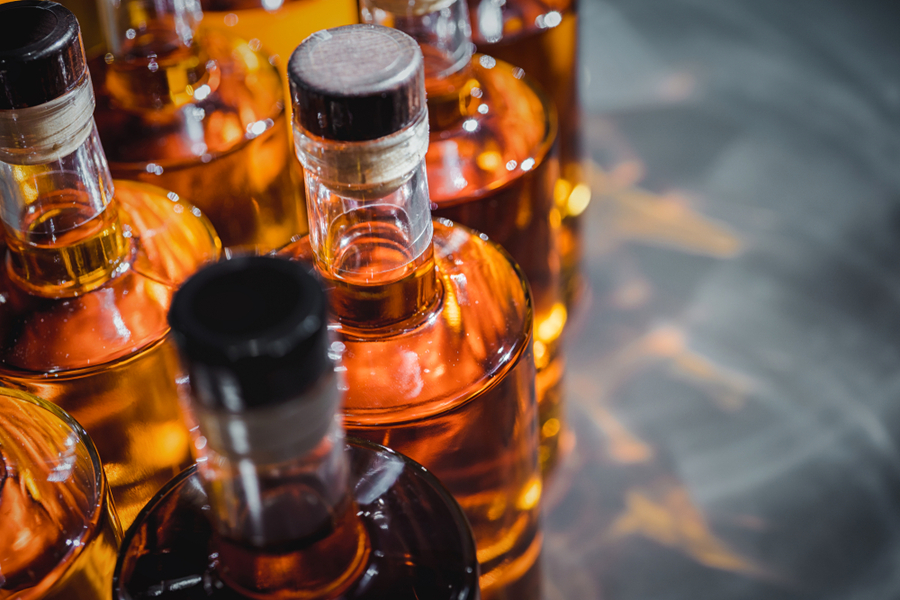
Let’s briefly look at how ‘traditional’ alcohol-containing whiskey is made to understand how non-alcoholic whiskey is made.
- Malting: The grain(s), such as corn, wheat, rye, or barley (the traditional four), has to be malted to extract its sugars. This happens when it is soaked and allowed to germinate or sprout partly. During malting, amylase is produced, transforming the grain’s starches into sugars. To stop the germination and malting processes, the grain is heated, and the converted starches are now available as sugar for the next step. Scotch uses peat fires to malt their grains and allows the peat smoke to come into contact with the grains, hence the smokey taste.
- Mash Bill: After malting, we move on to the mash bill. The mash combines grains, malted grains, and warm water. After a few hours, it becomes a turbid, sugar-rich liquid that resembles a runny porridge. The mash is combined with hot water and agitated to produce as much sugar as possible before fermentation.
- Adding Yeast: Yeast is added to the mash to ferment the mash and produce alcohol. Various yeast strains and fermentation times will eventually make different tastes. Each distillery has its preferences for the flavor they want to create. At this point, the beer-like liquid has an ABV between 7% and 10%. This is called the ‘wash.’
- Distillation: The good and volatile compounds are removed from the fermented liquid during distillation. Distillation also increases the alcohol content and is usually repeated twice or three times in the case of Irish whiskey.
- The wash goes into the first still (often referred to as the ‘low wines still’) and is heated because alcohol has a lower boiling point than water; it rises into the neck and lyne arm until it reaches the condenser, which turns the vapors into liquid again. At this point, the ABV is around 20%.
- The collected vapors are distilled a second time in the ‘spirit still,’ where the double distillation repeats the abovementioned process. This will deliver a product of around 60–70% ABV.
- Aging: The distilled whiskey goes into barrels for maturation or aging. Different countries have different rules. Bourbon, rye, and other American whiskeys in the US must be aged for at least one year in newly charred oak barrels. Corn whiskey is sometimes aged but does not have to be aged according to US law.
- Bottling: Once the whiskey is matured, it is bottled at a minimum of 40% ABV. It is usually filtered before mixed with water to bring the ABV to the desired level and prevent the final product from becoming cloudy when water or ice is added to it.
What Is a Non-Alcoholic Spirit?

Distillation concentrates the flavor of the remaining liquid (see the following section below for more detail). Distillation could be done entirely without alcohol or through double distillation if alcohol was used. The alcohol is removed during the second round of distillation.
The resulting product is a non-alcoholic spirit that mimics the original product’s taste, aroma, and mouthfeel of the actual product without the alcohol.
How Do They Make Non-Alcoholic Whiskey?
To produce a non-alcoholic whiskey, producers can use a range of techniques and processes—some even dating back thousands of years:
- Maceration is a simple technique for extracting flavor from a substance by immersing it in a cold liquid.
- Through distillation, as we’ve seen above, a liquid is heated to produce a vapor. Catch and condensing that vapor results in a ‘new’ liquid with new characteristics.
- Filtering is used to purify and ‘decloud’ liquids produced through various methods by passing the fluid through filters.
- Various distillates, macerations, and other filtered substances are blended to obtain a specific flavor, appearance, and texture.
Well, you could start with regular, distilled whiskey. Easy as that. What follows is the removal of the alcohol, and that process isn’t always as easy.
Producers in the wine industry use reverse osmosis to remove alcohol from their wines. While writing this article, I did not come across producers who use this process.
I did come across companies that produce non-alcoholic whiskey or whiskey alternatives. You can look at some non-alcoholic whiskies here and learn more about individual brands and their offerings.
Suppose you are new to non-alcoholic whiskey or curious about what’s on offer. The Zero Proof’s website is an excellent starting point. You’ll find insightful articles, product recommendations, and helpful information there.
Remember that most producers outright state that their product is not for consuming neat or on the rocks but best enjoyed in a cocktail. That’s something we can drink to—no hangovers the next day but all the flavor you’d associated with your dram.
Reasons for Switching to Non-Alcoholic Whiskey
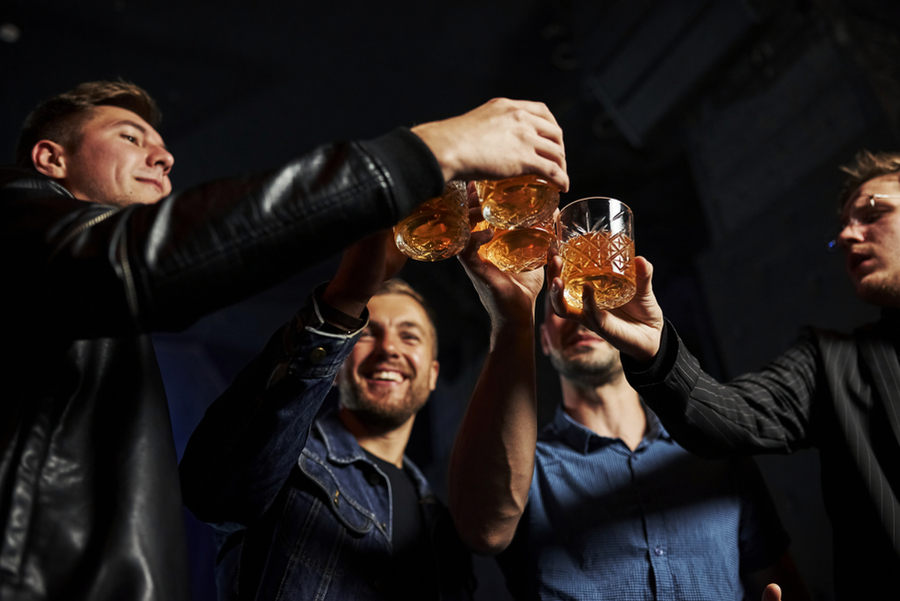
Apart from obvious health reasons and persons abstaining from alcohol due to previous alcohol dependence, there are other reasons too.
- Drink Anywhere, Anytime: You can mix up a drink any time without becoming inebriated; after all, “it is five o’clock somewhere in the world,” as the adage goes. You can mix up cocktails and serve them at brunch, lunch, dinner time, or even before bedtime and still get the same whiskey taste without the alcohol content.
- It’s Good for Your Health: Heavy drinking can take a toll on your body and affects all your organs—especially the heart and liver. It can also lead to other health issues, such as exacerbating the symptoms of GERD (gastroesophageal reflux disease) and causing throat trouble later in life. Non-alcoholic whiskey puts less stress on your body and helps curb the unwanted ’empty’ calories from alcohol.
- No Regrets: You can drink and socialize as much as possible without sending strange and downright stupid texts to your boss/ex/friends or embarrassing yourself at the office party. You can enjoy yourself without worrying about tomorrow morning’s hangover.
- Drink & Drive: It is safer for everyone around you—you don’t have to worry about drunk driving because you won’t be inebriated. You can drive yourself and your loved ones home safely without sacrificing the great taste of whiskey.
Conclusion
Although non-alcoholic whiskey is not the same as your usual dram, why not try it? You’ve got nothing to lose and a new world of exciting cocktails to discover that are bursting with flavor without the extra calories and hangovers.





